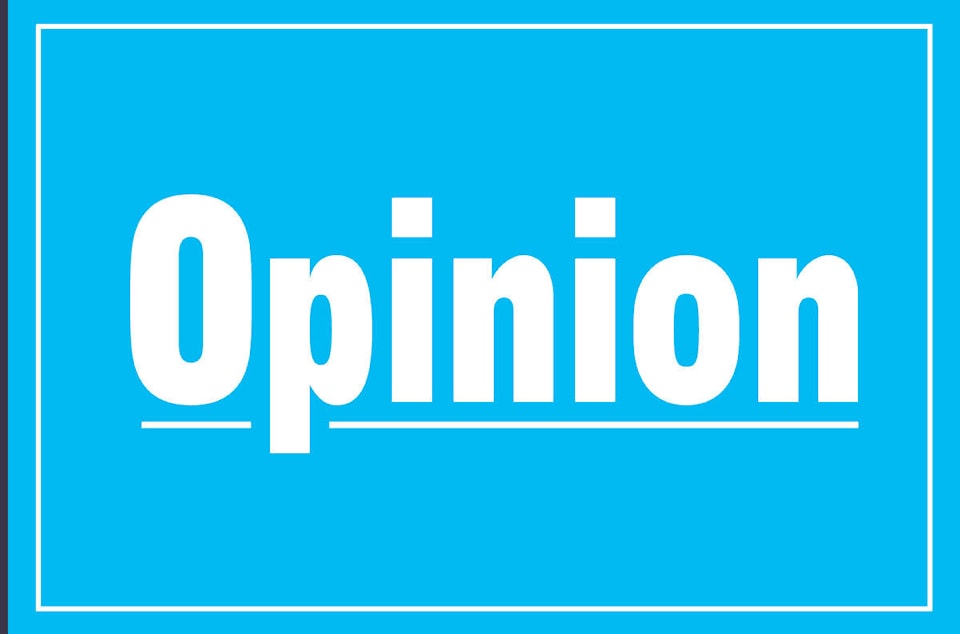My family’s memories of life in 2020 will be much like those of most Americans and many Canadians: a year spent indoors, isolated from social contact with friends and family, learning the ins and outs of grocery delivery and Zoom meetings while taking up hobbies you can engage in at the dining room table.
It’s such a sharp contrast to what I’ll remember about the year professionally, living in Washington, D.C., and reporting on the U.S. Much of the significant action was taking place outdoors, involving masses of people protesting or celebrating, rallying or fighting: Black Lives Matter demonstrations drawing hundreds of thousands of COVID-masked protesters and armies of riot-geared police; Donald Trump’s defiantly mask-free campaign rallies; the giant, tearful vigil outside the Supreme Court after Ruth Bader Ginsburg’s death; the defiant and angry “Stop the Steal” pro-Trump protest in the same spot after the election.
If one representative personal experience stands out, it was the hours I’d usually spend coaching hockey and baseball practices to relearn songs on the piano in our dining room, trying to find a satisfying way to deal with the new-found hours of confinement that replaced commuting and socializing.
One professional moment that jumps to the front of my memory was standing in the massive street demonstration in Philadelphia in the days after the election, at just about the moment when Joe Biden’s victory as president became clear and the “Count Every Vote” protest became a “The People Have Spoken” party. An elderly Black woman beside me twirled around and around in joy, tears in her eyes and fist pumping, while thousands around her danced like they were in a nightclub and a DJ pumped hip-hop and disco from the sidewalk.
I could sub in plenty of similarly vivid moments: the nights of board games and takeout meals that became our new family recreation schedule; the massive gun rally in Virginia where thousands of people carrying AR-15s crowded the streets like a mosh pit at a concert; the unsatisfying experience of milestones marked by teleconferences (a graduation ceremony, a journalism awards night, extended family holiday dinners, a school play); the scary and troubling exchange of rocks thrown and tear gas deployed on the streets near the White House in the early days of the George Floyd civil rights protests.
Oh, the binge-watching: “Tiger King” and “The Mandalorian” and “Ozark.” And oh, too, the days and nights in Black Lives Matter Square that were, by turns, righteously angry, joyously hopeful and hesitantly celebratory. The parade of masks. The sensation of the brain-probing nasal swab of the COVID test.
In a year defined by COVID, a controversial election and mass demonstrations against police racism and abuse, the mundane interactions of American life all but disappeared: no trips to the mall after early spring, no memorable restaurant dates, no tearful hugs at weddings or funerals, no baseball tournaments or even, for my kids in suburban Washington, in-person attendance at school.
The extremities of social experience, instead, came to the fore. Feast or famine. Week after week of cabin fever in private life, punctuated by waves of mass gatherings in the public sphere. Fear and boredom and fear and boredom and fear and boredom at home. And then, occasionally, anger and joy out in the streets.
It seemed appropriate somehow that the streetscape of Washington at some points in the year - as in other cities - came to be dominated by boarded-up buildings in anticipation of civil unrest. Though most remained open for curbside service or essential business, the covered windows seemed to fit the shut-in state of normal life, while also directly responding to the abnormal flood of bodies into the streets, and to the violence and vandalism that sometimes marked the year, and the fear that ran through it.
Behind all of it, obviously, was an undercurrent of tragedy. The hundreds of thousands dead and millions sick from coronavirus, some of them friends and acquaintances. The death of George Floyd and the dozens of others at the hands of police - and the many others injured or arrested in the clashes with authorities in the demonstrations that followed. The experience of watching the world’s democratic superpower flirt ever more with authoritarianism as its politics were besieged by fantastically absurd conspiracy theories.
The knowledge, while complaining of boredom, that those essential front-line workers not confined to their homes were experiencing something far worse in the risks they faced every day just by going to work.
That mood, of horrors experienced and anticipated, permeated much of life indoors and out, lonely and crowded, throughout the year in the U.S.
A year of extremes. One that most of us will find it better to remember than it was to live through. One inspiring the most modest of New Year’s hopes: for an eventual return to the ordinary pleasures of a restaurant meal, a subway commute, a hockey game. Maybe a hug from a friend. Especially a hug from a friend.
That was 2020: a year to make you yearn for the mundane.
Edward Keenan is a National Affairs writer.
